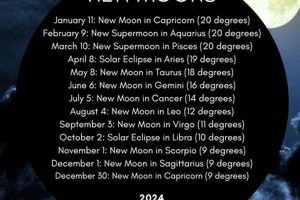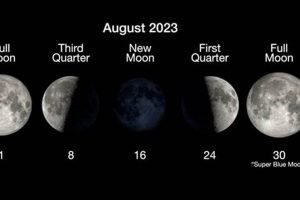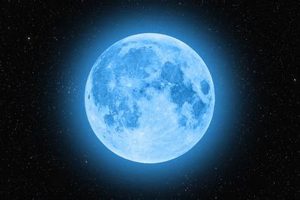
A supermoon occurs when a full moon coincides with the moon’s closest orbital approach to Earth (perigee). This proximity makes the moon appear larger and brighter than a typical full moon. In... Read more »

A full moon or a new moon coinciding with perigee, the point in the Moon’s orbit when it is closest to Earth, is often referred to as a perigean syzygy. This celestial... Read more »

The intersection of celestial events and human interpretation has fascinated cultures for millennia. A supermoon, an astronomical phenomenon occurring when a full moon coincides with its closest orbital approach to Earth, appears... Read more »

A supermoon occurs when a full moon coincides with the moon’s closest orbital approach to Earth (perigee). This celestial event makes the moon appear larger and brighter than a typical full moon.... Read more »

A supermoon occurs when a full moon coincides with the moon’s closest orbital approach to Earth (perigee), making it appear larger and brighter than usual. A blue moon is the second full... Read more »


